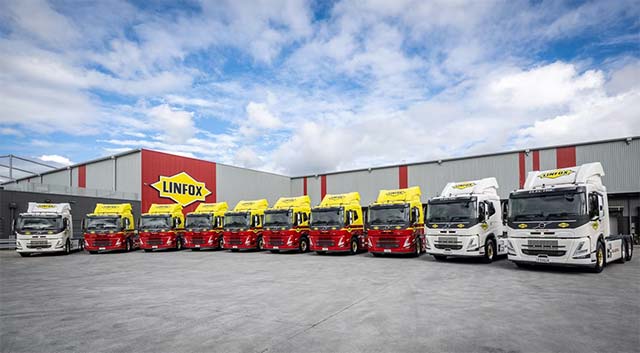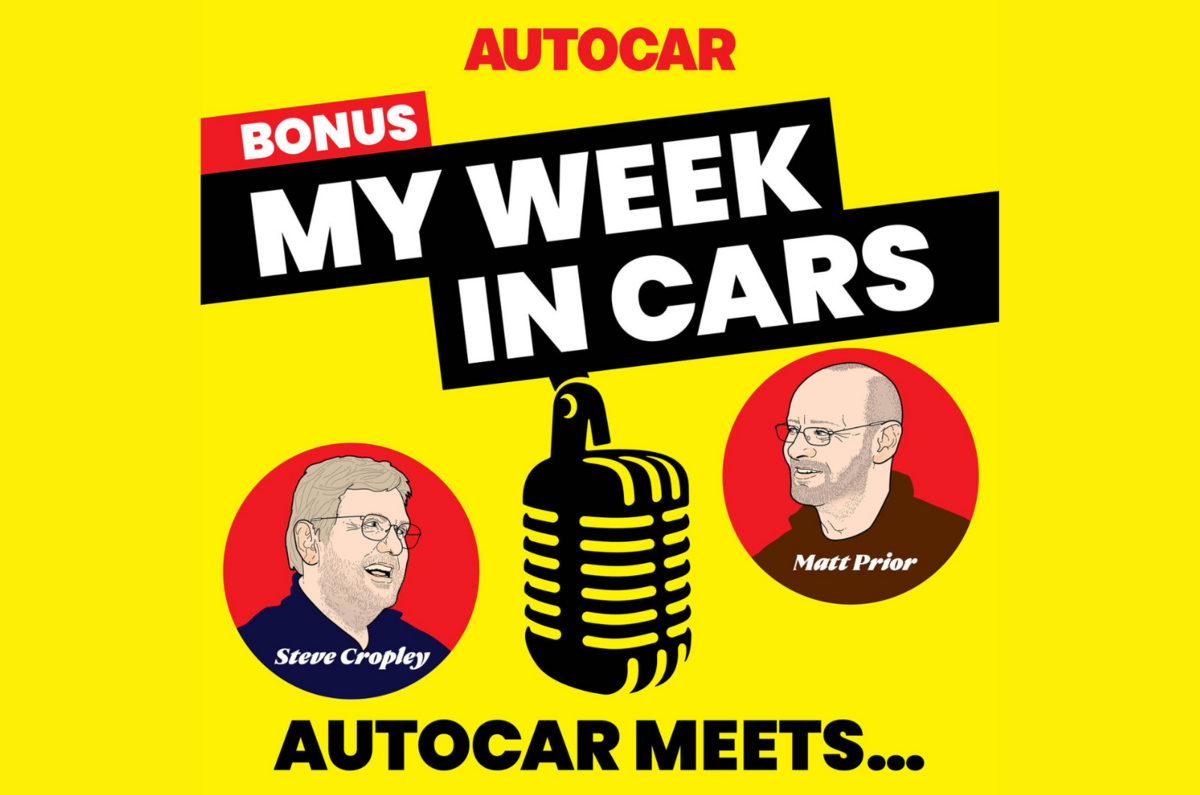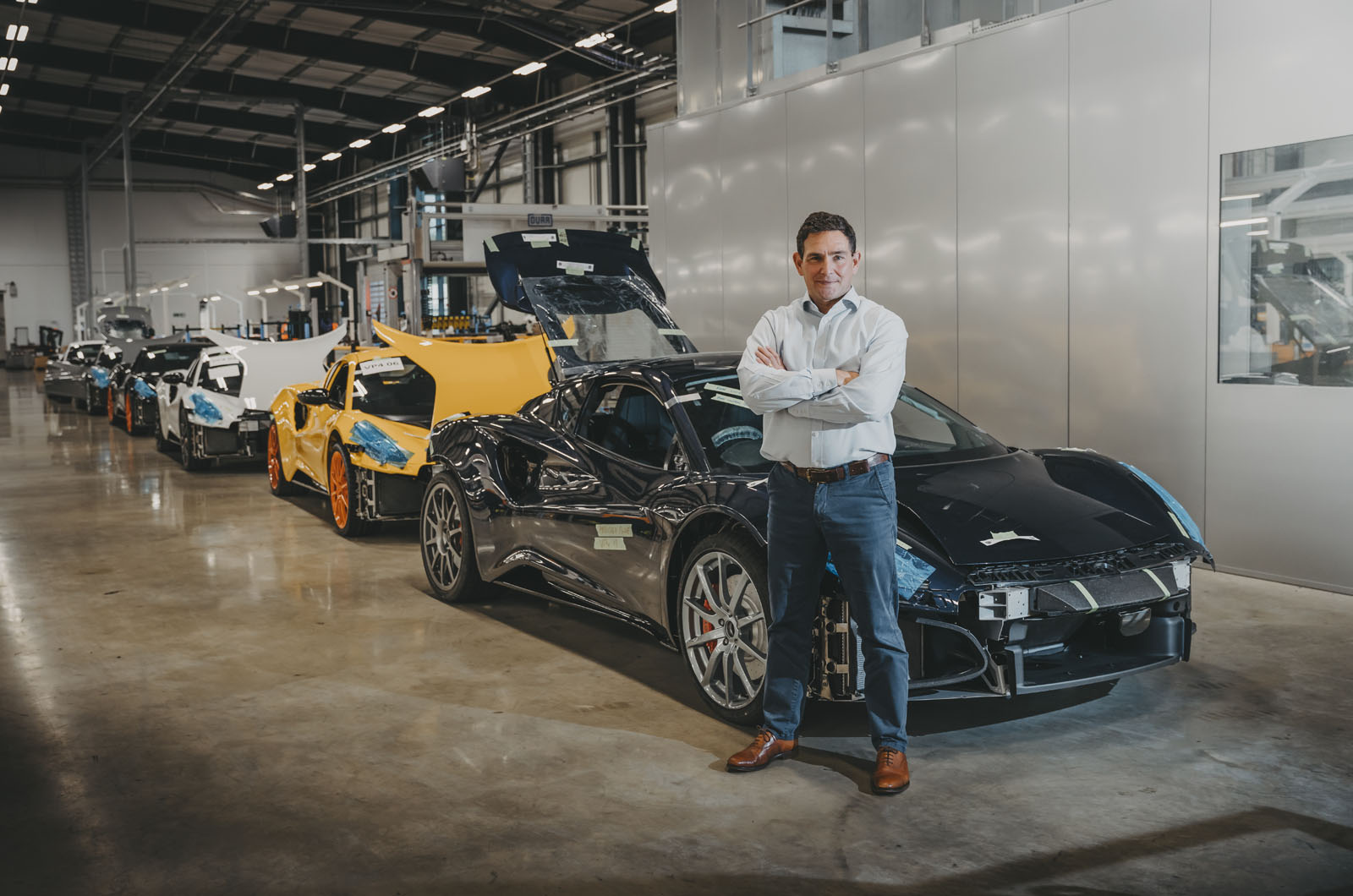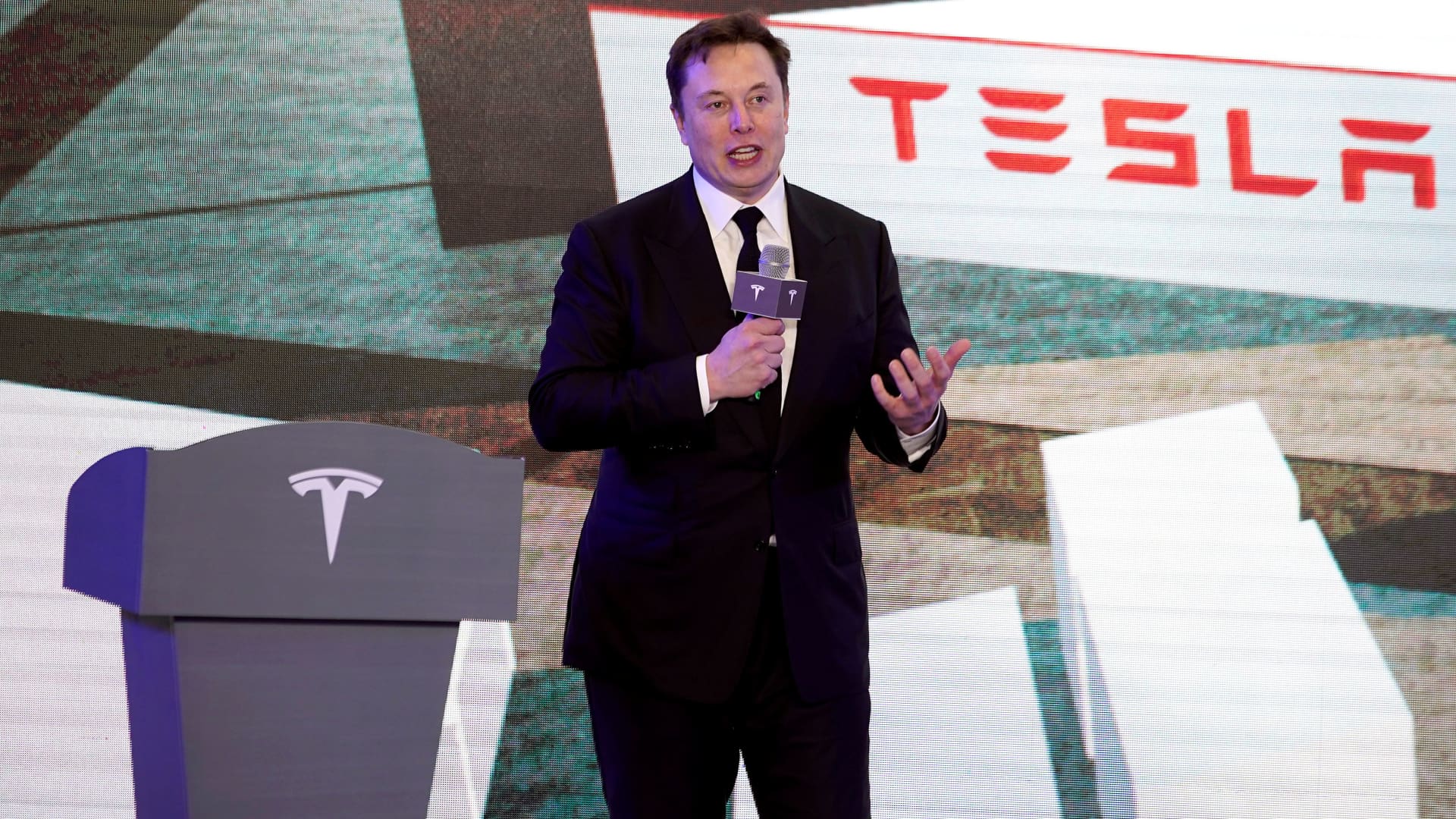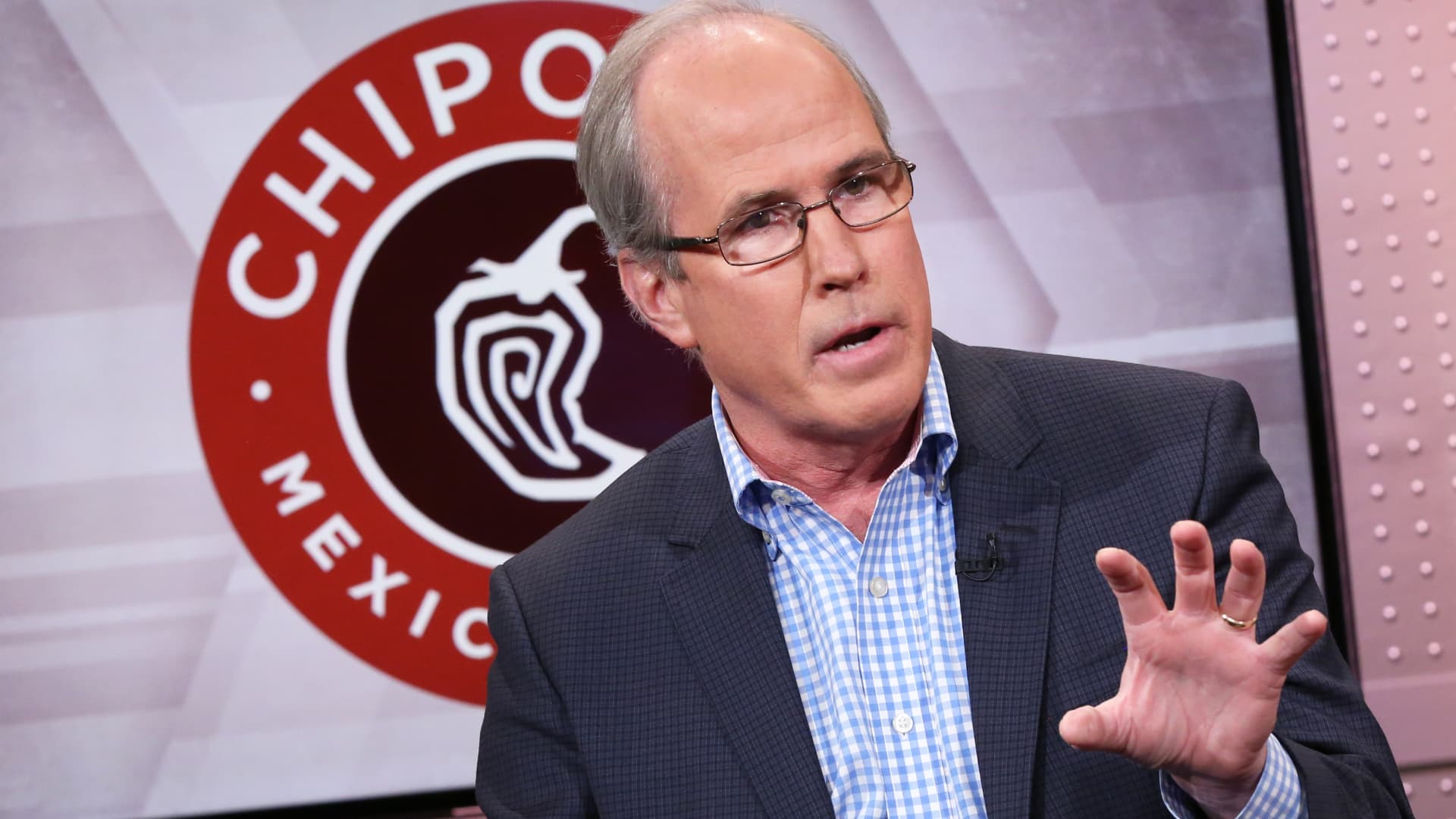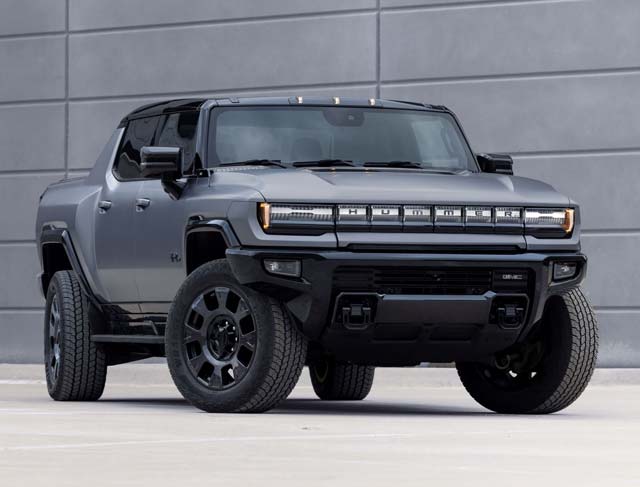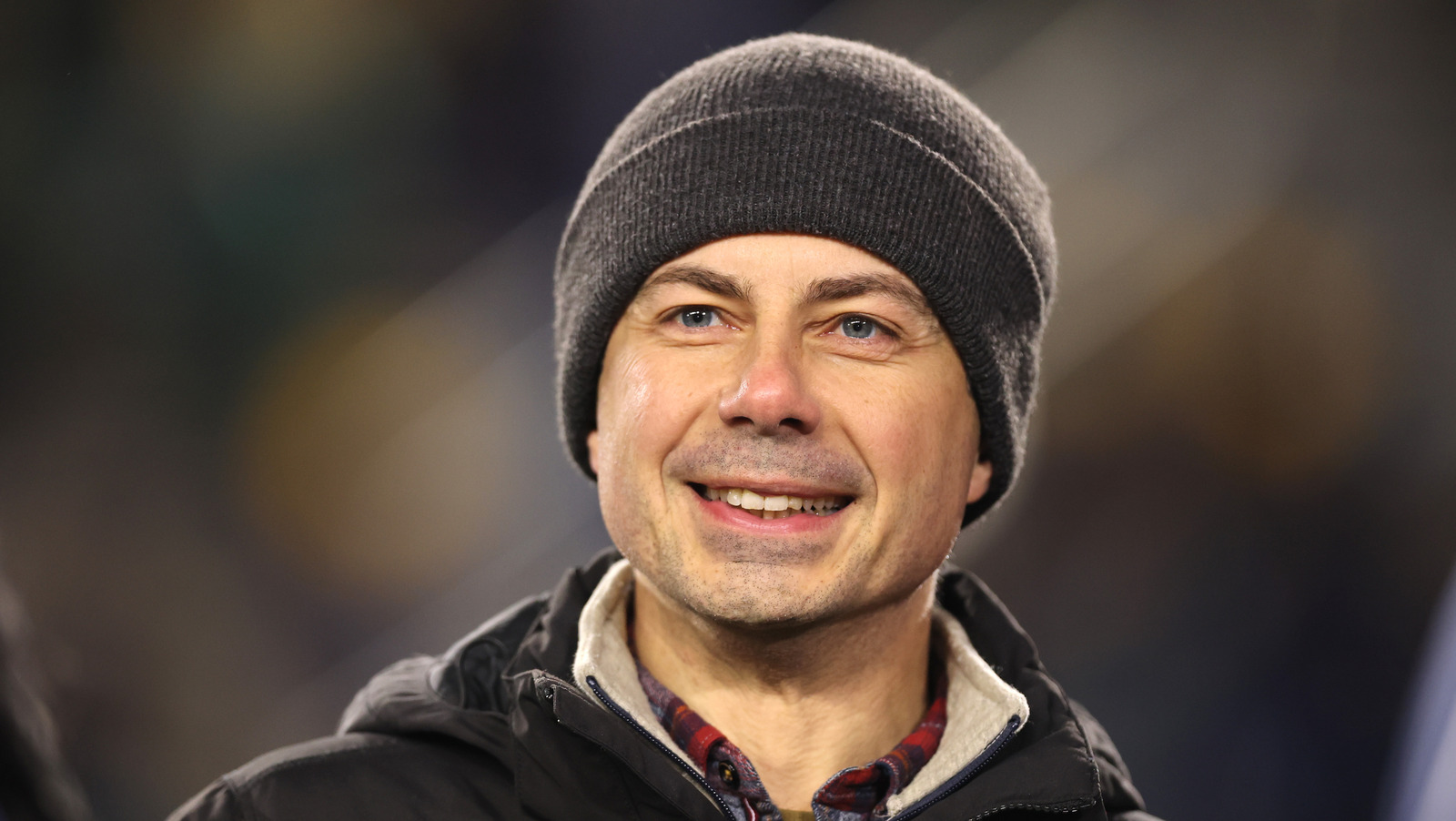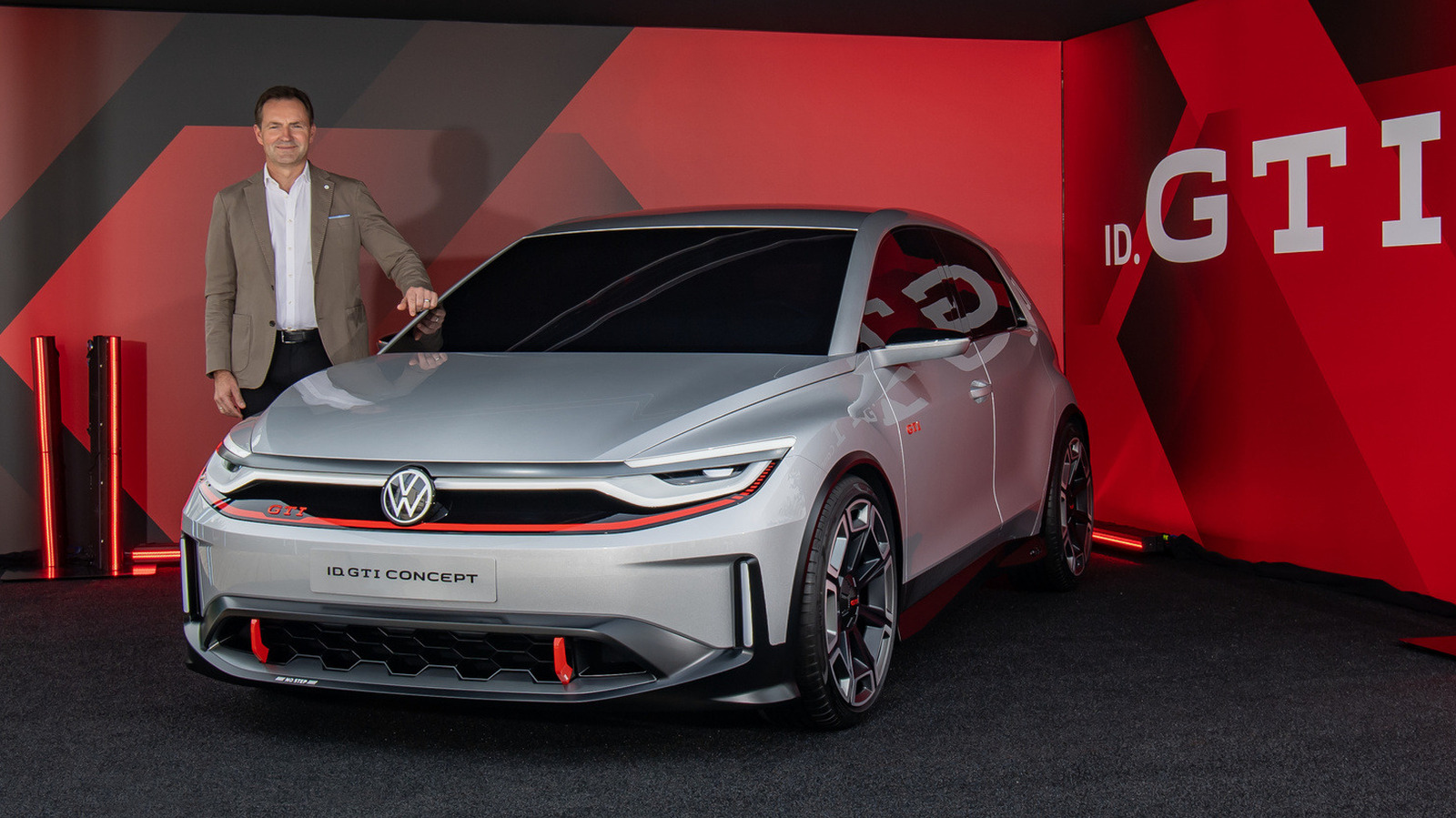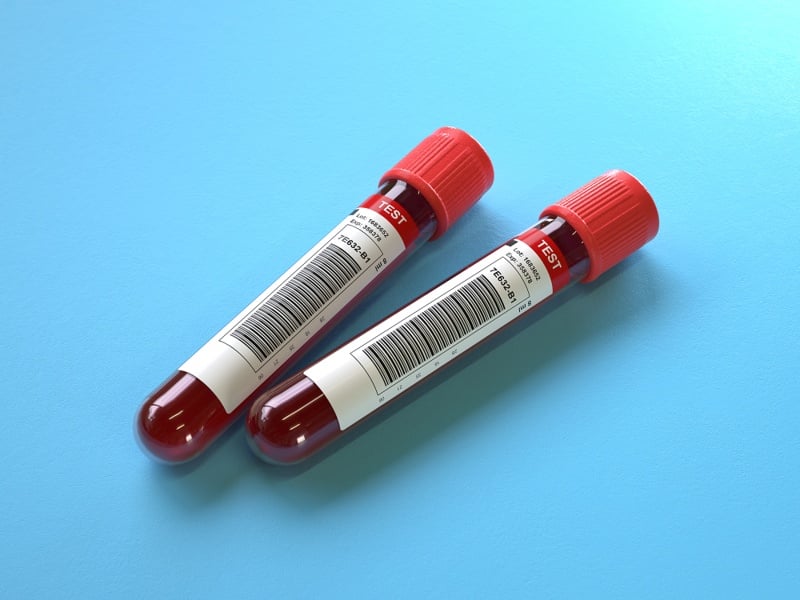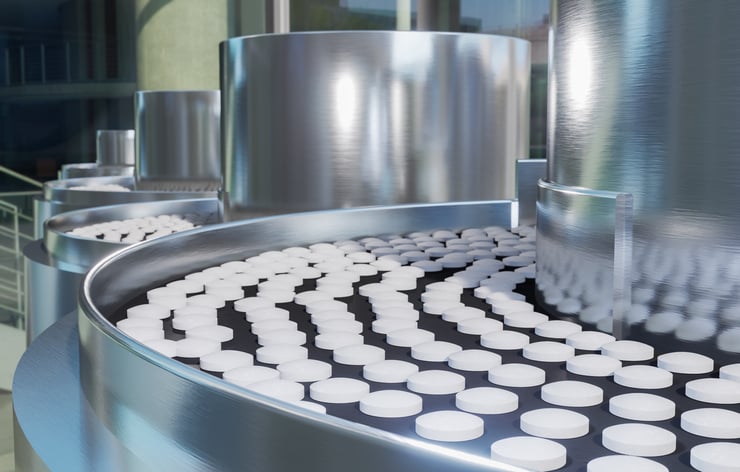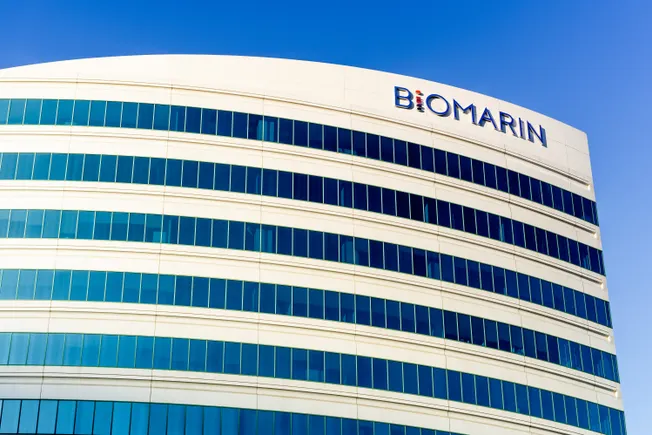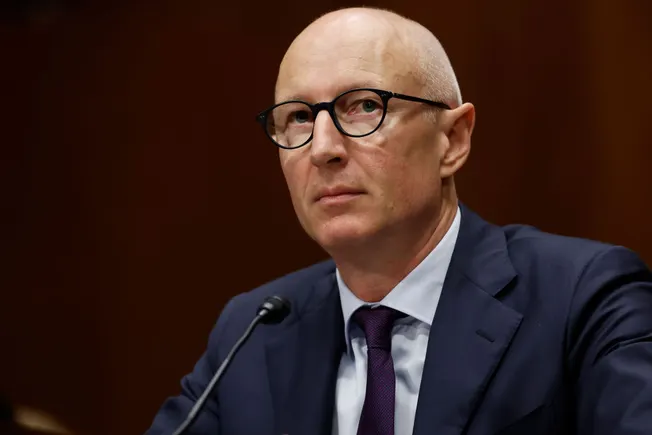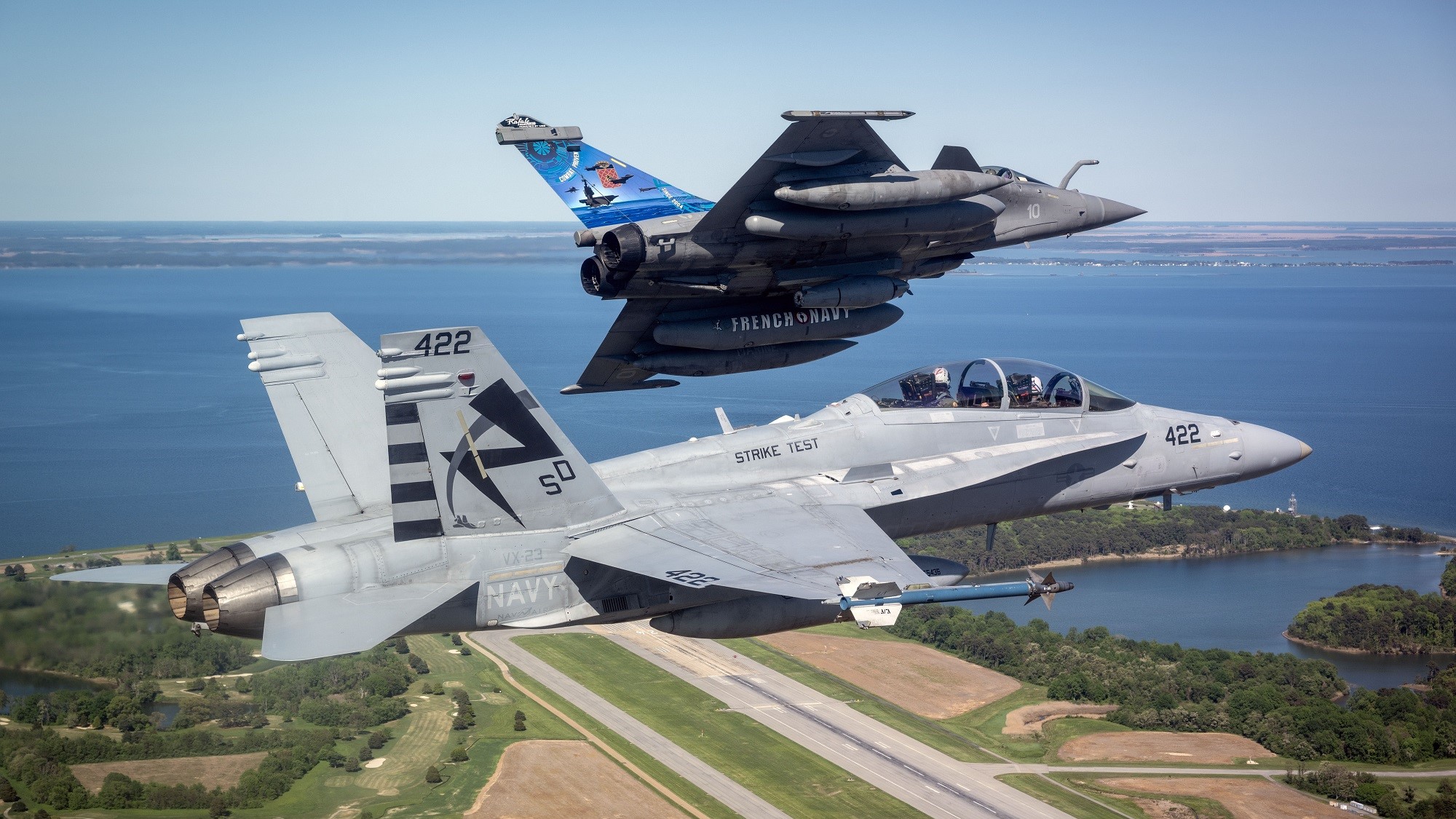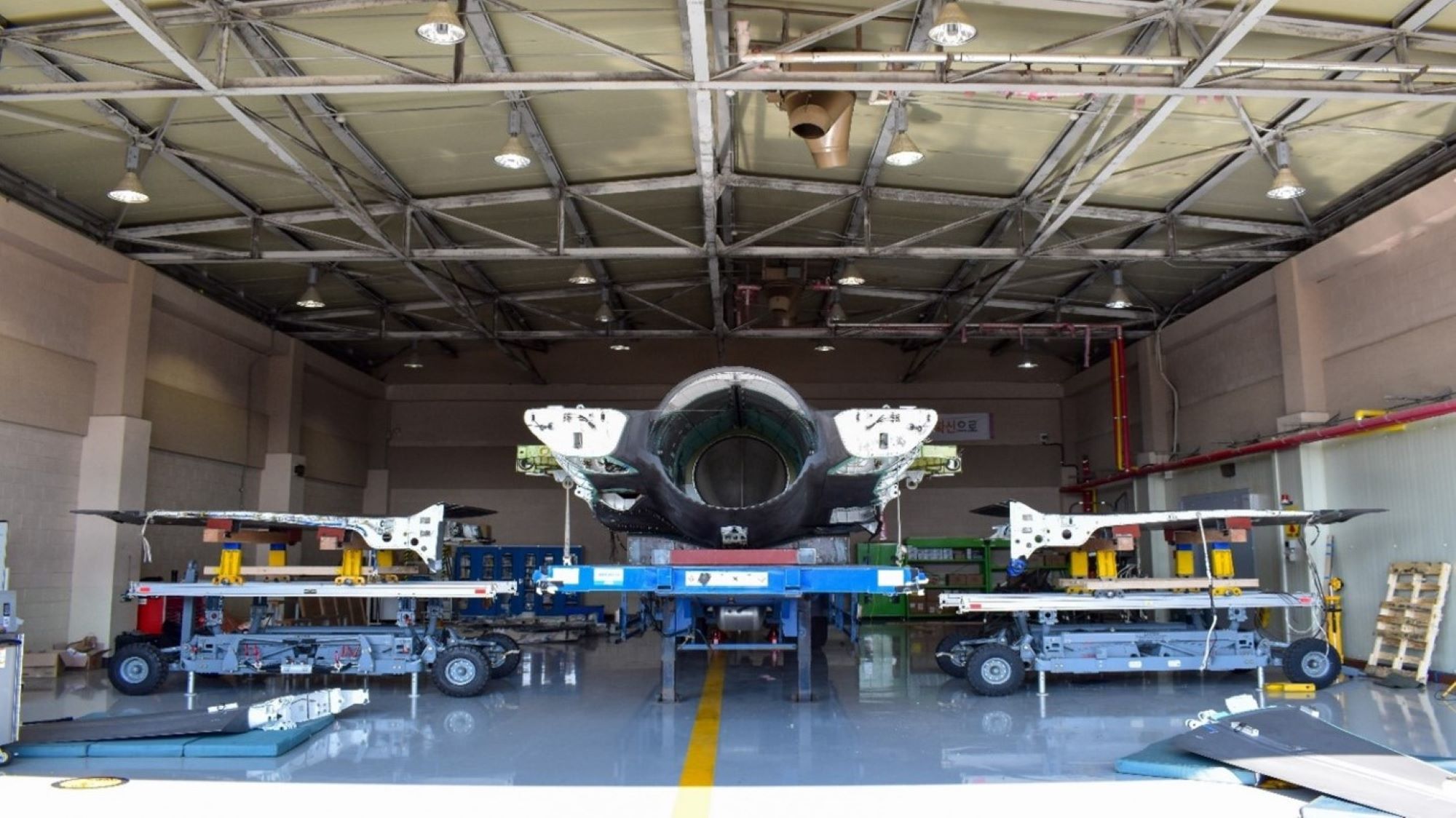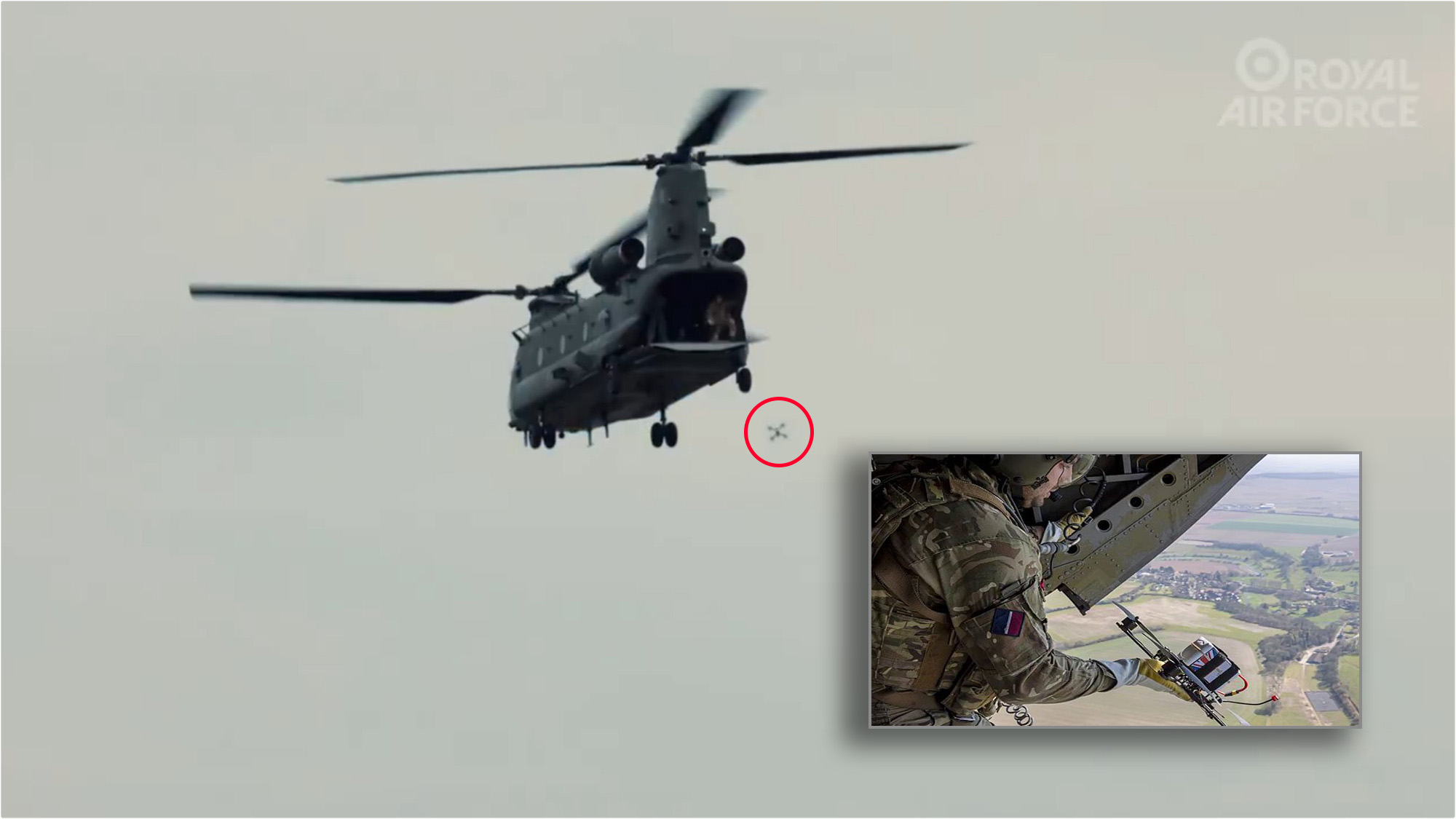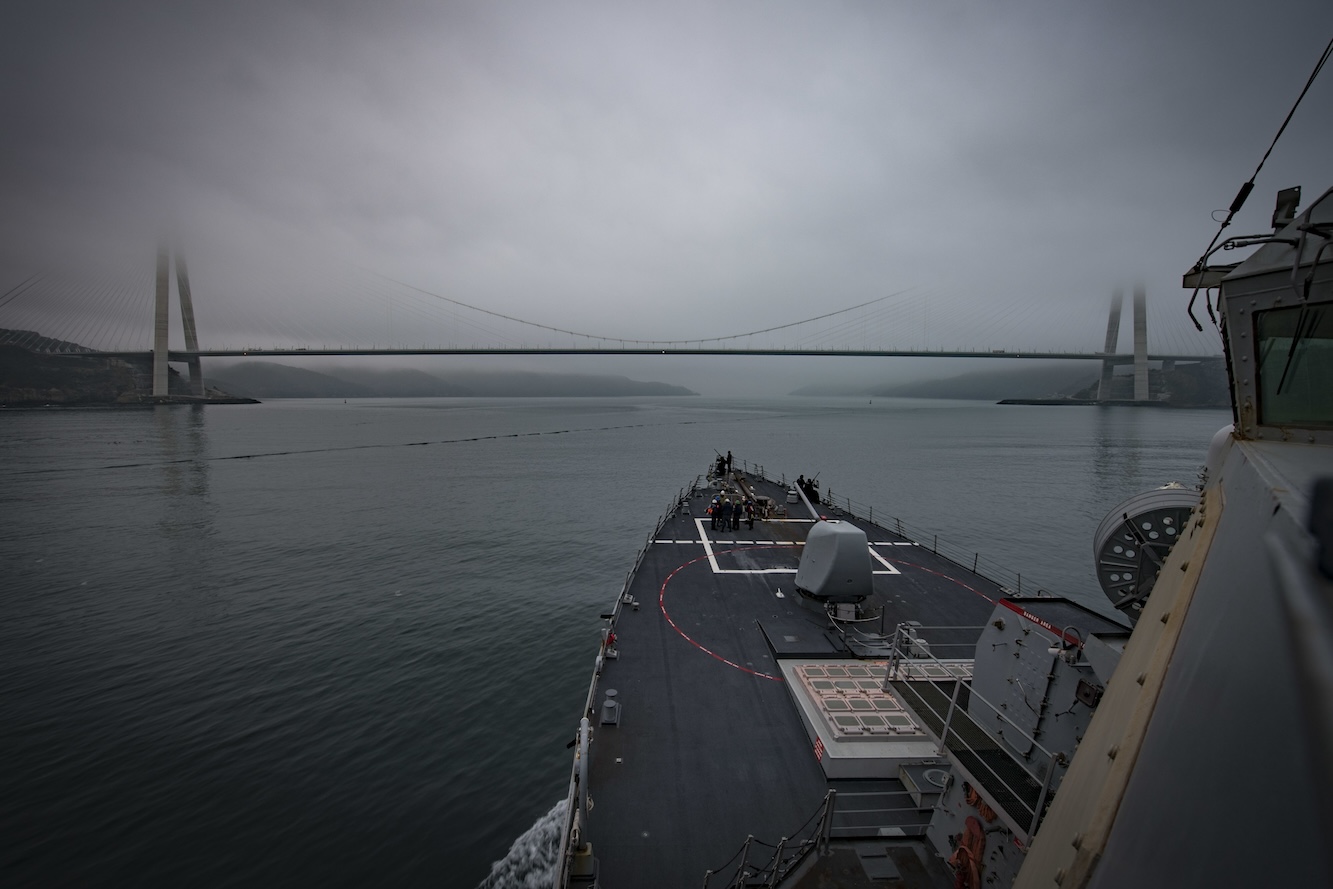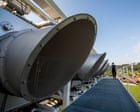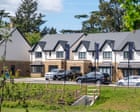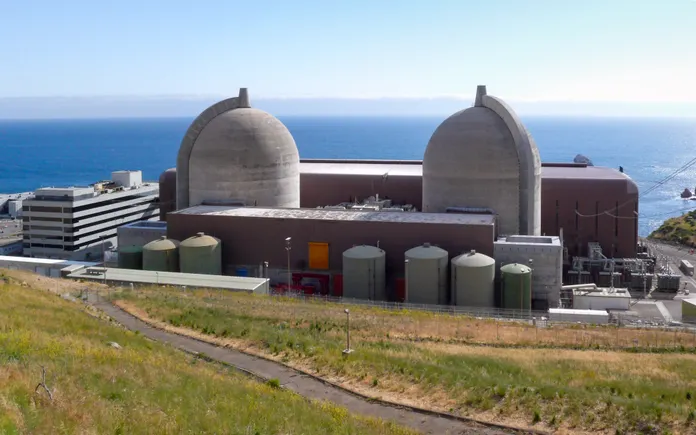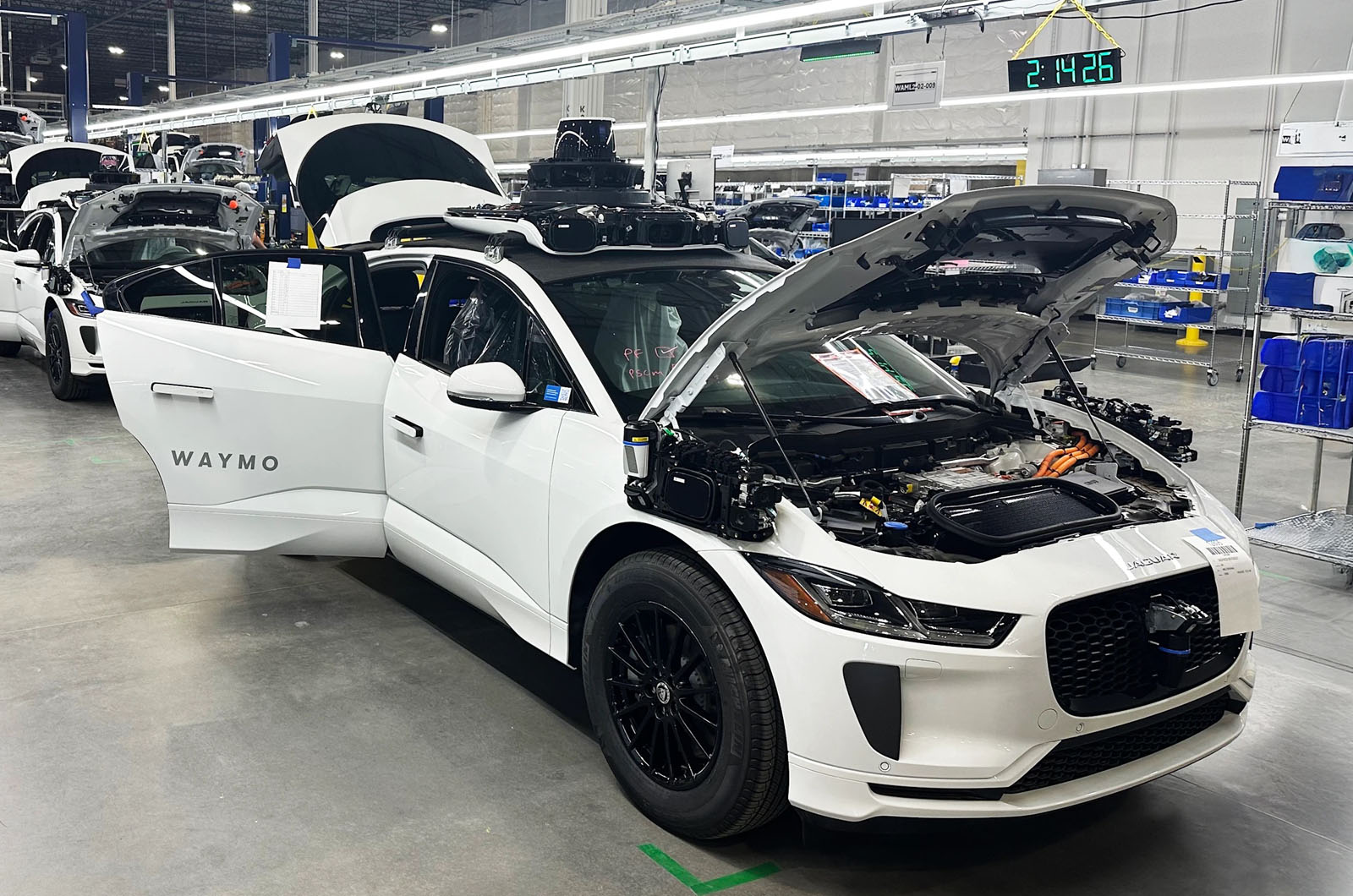How to build and buy RML’s new 900bhp, £540k monster
The P39 is RML's second model and is based on a Porsche 911 Turbo S RML specialises in doing things it can’t talk about, but the new P39 changes that There are few meeting rooms in the British motoring industry that Paul Dickinson hasn’t graced. A real automotive lifer, he started at the Rover Group as an apprentice in 1997 then moved to Jaguar Land Rover’s finance department when the company was bought by BMW. Dickinson would later go on to play a pivotal role in bringing the acclaimed LRX concept to production as the Range Rover Evoque. More recently he spent time at Bentley, where he was central to the conception and growth of the Mulliner coachbuilding division, and he was then finance boss at Group Lotus during the period when it was launching its new Chapman Bespoke division. Wellingborough-based RML Group – a lesser-known and more ‘backstage’ engineering operation, historically rooted in motorsport – may on the face of it seem to be a strange place for him to end up. Appointed as group CEO in June last year at around the same time as RML was acquired by a US investor, he gives a fairly concise summary of his job description. “My remit,” he says, “is to grow this business.” That doesn’t just mean Dickinson will lean on his finance experience to swell the company coffers, though; it’s more about branching out into new business areas, claiming a bigger share of its markets and becoming more of a household name. Historically, motorsport engineering was this outfit’s bread and butter, and RML is best known for its race-based collaborations with the likes of Nissan and Chevrolet, scoring British Touring Car Championship titles and Le Mans 24 Hours class wins. But today racing accounts for just 10% of RML revenues, and work is well under way to diversify the firm’s output and ensure it’s participating in as many ‘races’ as possible – just not so much on the track these days. It all starts here with the P39, an untouchably exclusive, carbonfibre-bodied reworking of the Porsche 911 Turbo S, one that promises to outpace a GT3 RS on the track while remaining as usable in the real world as any factory-fresh supercar. As the second model from RML’s nascent Bespoke division, it is designed with influence from the legendary 911 GT1. Its blown flat-six engine has been tickled by Litchfield to produce almost as much power as a Bugatti Veyron, the bespoke bodywork and active aero generate up to 930kg of downforce and it costs £540,000 plus the cost of your donor car. Like the Ferrari 250 GTO-inspired Short Wheelbase from a few years back, the P39 has been conceived both as a revenue generator and a technical tour de force that showcases RML’s awesome engineering might, which for so long has been hidden under a bushel by the outfit’s positioning as a white-label engineering and design partner to big-name OEMs. “The whole point of the Bespoke division,” says Dickinson, “is for us to come out of the shadows and demonstrate in the consumer world: here are our products, here is our engineering quality, here is our skill, here is our attention to detail, here is all of our motorsport heritage – applied to something relevant to you.” Then the idea is that the commercial success of these Bespoke products will help to grow the core engineering consultancy business. He adds: “Each time we have a successful product, that reflects back on the wider RML brand.” So these creations must be not only unfathomably capable but also, crucially, achingly desirable – and doubly so in the face of intense competition from the bespoke divisions of the luxury car makers themselves. And the key to that, as demonstrated by the monstrous profit figures generated by the likes of Rolls-Royce Bespoke and Lamborghini’s Ad Personam, is exclusivity and personalisation. It is here that Dickinson’s experience in resurrecting Bentley’s Mulliner as a coachbuilder for the new age comes into play. “That really helped me understand how the bespoke market works,” he says. “Mulliner is the pinnacle, but it showcases the rest of Bentley’s skills. "When you brought a customer in to devise their own spec, they realised just how impressive a Bentley is before you even Mulliner-ise it.” While each of the P39s will be identical in a technical sense, then, down to the bespoke suspension links, driver-adjustable aero, 100mm widened track and 25mm lengthened wheelbase, the rest of the specification is completely at the discretion of the owner. “Customers really appreciate uniqueness,” says Dickinson. “There are some very wealthy people in the world, but they don’t just spend money for the sake of it. They are very focused on value for money." Dickinson theorises that the experience is sometimes as important as the end product, which helps to explain why RML has invested so heavily in ensuring that the process of personalising a P39 will be truly special. When we visit, the customisation suite is still a work in progress, but already it is apparent that this wil
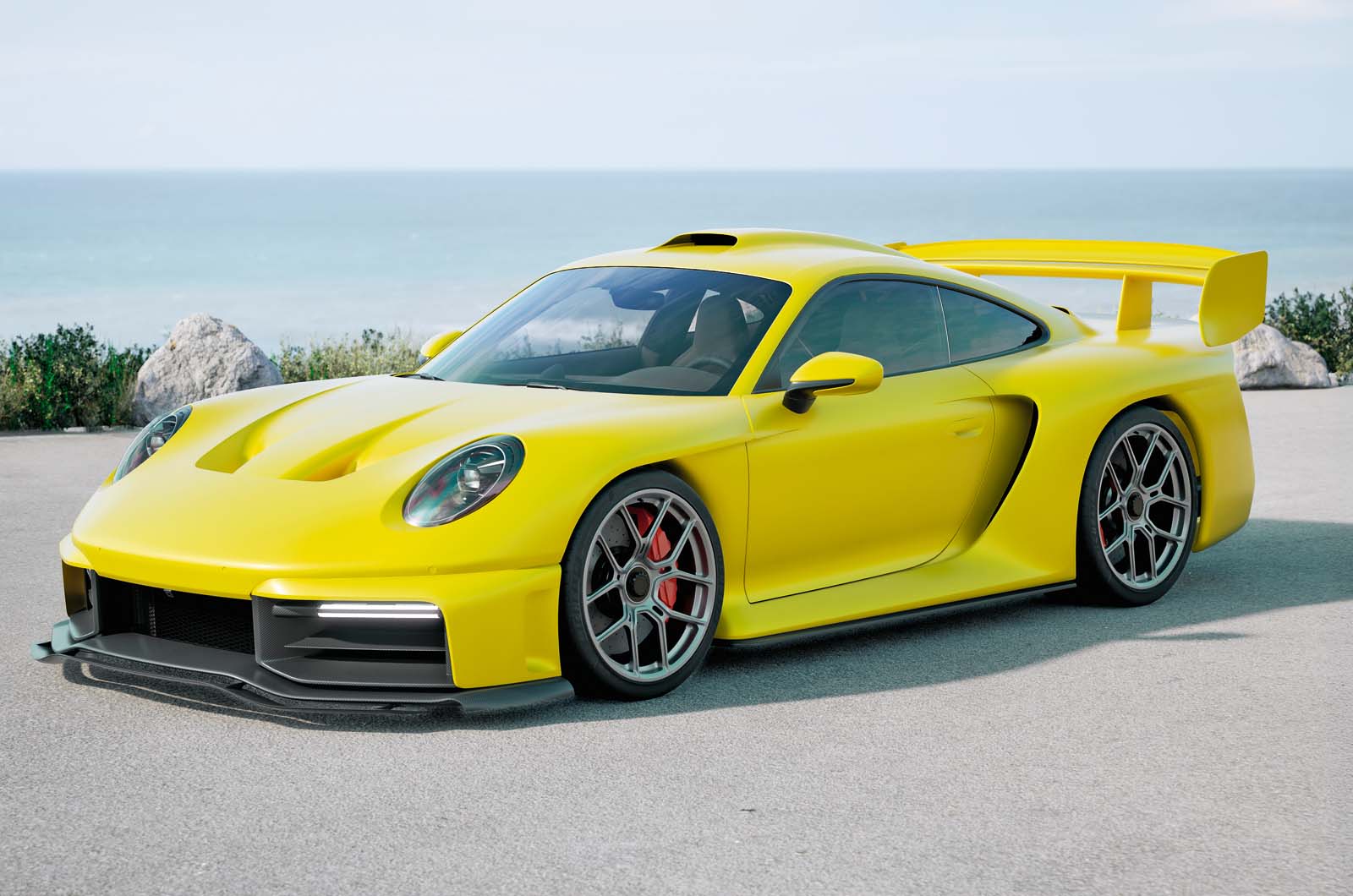

The P39 is RML's second model and is based on a Porsche 911 Turbo SRML specialises in doing things it can’t talk about, but the new P39 changes that
There are few meeting rooms in the British motoring industry that Paul Dickinson hasn’t graced.
A real automotive lifer, he started at the Rover Group as an apprentice in 1997 then moved to Jaguar Land Rover’s finance department when the company was bought by BMW.
Dickinson would later go on to play a pivotal role in bringing the acclaimed LRX concept to production as the Range Rover Evoque.
More recently he spent time at Bentley, where he was central to the conception and growth of the Mulliner coachbuilding division, and he was then finance boss at Group Lotus during the period when it was launching its new Chapman Bespoke division.
Wellingborough-based RML Group – a lesser-known and more ‘backstage’ engineering operation, historically rooted in motorsport – may on the face of it seem to be a strange place for him to end up.
Appointed as group CEO in June last year at around the same time as RML was acquired by a US investor, he gives a fairly concise summary of his job description. “My remit,” he says, “is to grow this business.”
That doesn’t just mean Dickinson will lean on his finance experience to swell the company coffers, though; it’s more about branching out into new business areas, claiming a bigger share of its markets and becoming more of a household name.
Historically, motorsport engineering was this outfit’s bread and butter, and RML is best known for its race-based collaborations with the likes of Nissan and Chevrolet, scoring British Touring Car Championship titles and Le Mans 24 Hours class wins.
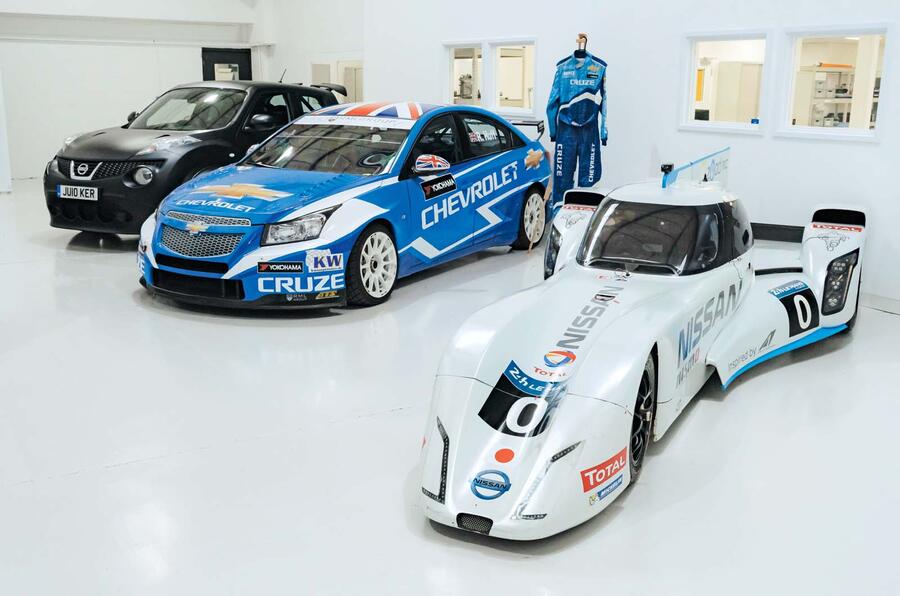
But today racing accounts for just 10% of RML revenues, and work is well under way to diversify the firm’s output and ensure it’s participating in as many ‘races’ as possible – just not so much on the track these days.
It all starts here with the P39, an untouchably exclusive, carbonfibre-bodied reworking of the Porsche 911 Turbo S, one that promises to outpace a GT3 RS on the track while remaining as usable in the real world as any factory-fresh supercar.
As the second model from RML’s nascent Bespoke division, it is designed with influence from the legendary 911 GT1. Its blown flat-six engine has been tickled by Litchfield to produce almost as much power as a Bugatti Veyron, the bespoke bodywork and active aero generate up to 930kg of downforce and it costs £540,000 plus the cost of your donor car.
Like the Ferrari 250 GTO-inspired Short Wheelbase from a few years back, the P39 has been conceived both as a revenue generator and a technical tour de force that showcases RML’s awesome engineering might, which for so long has been hidden under a bushel by the outfit’s positioning as a white-label engineering and design partner to big-name OEMs.
“The whole point of the Bespoke division,” says Dickinson, “is for us to come out of the shadows and demonstrate in the consumer world: here are our products, here is our engineering quality, here is our skill, here is our attention to detail, here is all of our motorsport heritage – applied to something relevant to you.”
Then the idea is that the commercial success of these Bespoke products will help to grow the core engineering consultancy business. He adds: “Each time we have a successful product, that reflects back on the wider RML brand.”
So these creations must be not only unfathomably capable but also, crucially, achingly desirable – and doubly so in the face of intense competition from the bespoke divisions of the luxury car makers themselves. And the key to that, as demonstrated by the monstrous profit figures generated by the likes of Rolls-Royce Bespoke and Lamborghini’s Ad Personam, is exclusivity and personalisation.
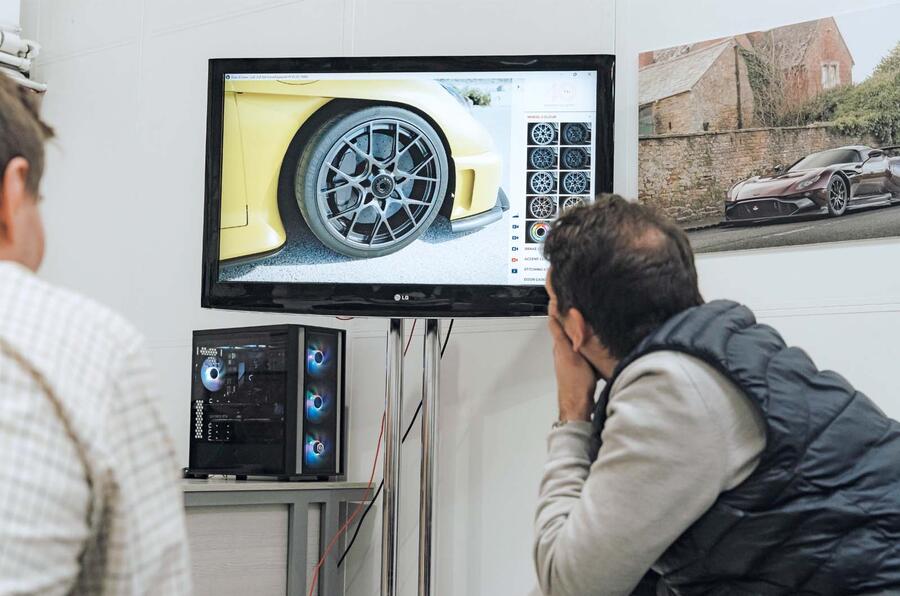
It is here that Dickinson’s experience in resurrecting Bentley’s Mulliner as a coachbuilder for the new age comes into play. “That really helped me understand how the bespoke market works,” he says. “Mulliner is the pinnacle, but it showcases the rest of Bentley’s skills.
"When you brought a customer in to devise their own spec, they realised just how impressive a Bentley is before you even Mulliner-ise it.”
While each of the P39s will be identical in a technical sense, then, down to the bespoke suspension links, driver-adjustable aero, 100mm widened track and 25mm lengthened wheelbase, the rest of the specification is completely at the discretion of the owner.
“Customers really appreciate uniqueness,” says Dickinson. “There are some very wealthy people in the world, but they don’t just spend money for the sake of it. They are very focused on value for money."
Dickinson theorises that the experience is sometimes as important as the end product, which helps to explain why RML has invested so heavily in ensuring that the process of personalising a P39 will be truly special.
When we visit, the customisation suite is still a work in progress, but already it is apparent that this will be a quite agreeable place for the 39 well-heeled owners to spend a few hours.
Cabinets are topped with reams of strokable material swatches and paint sample cards to agonise over, before you have a play with the shift paddles and test out the various options for the door pulls.
There’s also a VR headset on hand so you can walk around a life-size digital version of your car. It allows you to see how different colours and materials change according to lighting, and you can get as comfortable with your spec as possible before pulling the trigger.
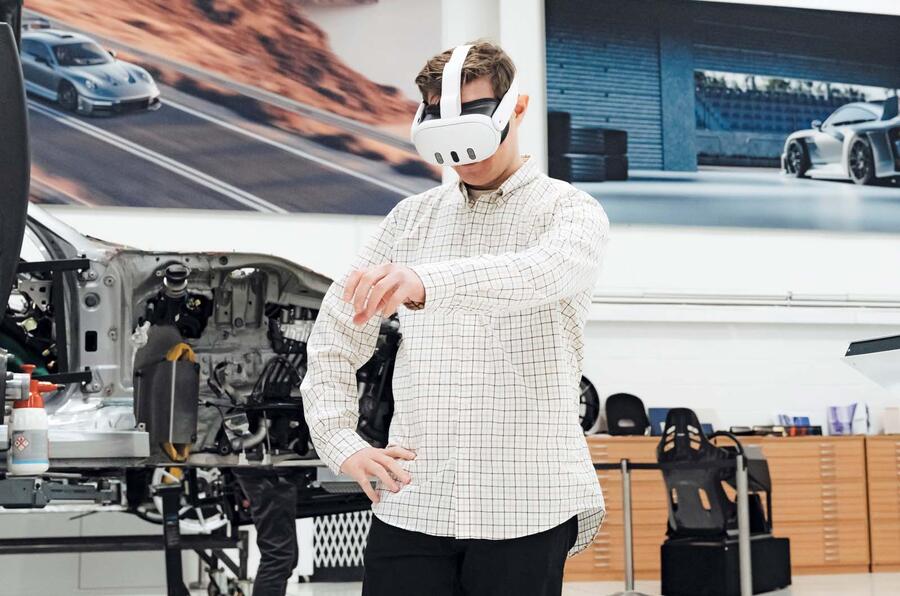
I’m excited to give it a go but, allowed such dizzying freedom of expression and a hypothetical bottomless pit of money to spend on options, I find myself racked by a paralysing sense of indecision.
Whiling away your lunch break on a configurator can be a relaxing exercise in escapism but, even allowing for the fact that it’s all imaginary, speccing a P39 – with the boss at your side and the production line over your shoulder – feels rather more daunting.
I want to do justice to RML’s lovingly engineered creation and honour its performance potential by not going ‘full Knightsbridge’ with my virtual supercar, but this is a drop-dead silhouette that begs for some lurid adornment.
So Autocar’s P39 is – appropriately – bright yellow. More particularly, it’s a shade that’s inspired by the legendary Ruf CTR ‘Yellowbird’, another 911-based monster that has claimed its fair share of scalps at the Nordschleife.
I don’t want the interior to be so overtly decorated, but playing it safe with black feels like a missed opportunity. So I split the difference with a tasteful tan and choose a suitably technical wheel design that befits the engineering-led approach to the P39’s design.
Were we ordering one of the first 10 cars, our example would have come with a special ‘RML 40th anniversary’ trim package, complete with bespoke badging, embroidery and subtle red detailing – the precise hue of which has been the source of considerable debate among its makers.
Michael Mallock, son of founder Ray Mallock and now head of the Bespoke division, says that, irrespective of the colour and trim chosen, all 39 owners of the P39 can be sure they have bought one of the most capable and technically impressive road cars on the market.
“But the key with this project,” he adds, “and any vehicle that we do with Bespoke – previously and going forward – is that it’s all usable performance.
“The main reason that the P39 has the dynamics it does is that I hate driving performance cars on the road.
"We’ve tried to retain as much of the usability and flexibility that the 911 Turbo S has. In Normal mode it will feel quite sensible and not overly stiff, but then you can put it into Track mode and it will be capable of doing a sub-6min 45sec lap around the Nordschleife.”

That duality and ease of use – unusual attributes for such a rapid and hardcore machine – underpinned the project’s conception, says Mallock, which is why such rigid attention was paid to ensuring the substantial increase in performance didn’t come at the expense of ride comfort or composure.
RML claims that in 96.8% of road driving – referred to in hushed tones around the workshop as ‘The Magic 97%’ – the P39 has the same wheel rate as the Turbo S on which it is based.
Does that mean P39 owners will be inclined to use their car on a daily basis rather than rush it into a hermetically sealed private collection? “Go to Sainsbury’s and do the school run?” laughs Mallock. “I would be incredibly surprised, but I would love to see it.”
The P39’s use case as a supermarket shuttle is perhaps not cemented by the fact that the 911’s frunk has made way for a colossal air dam, sealed away behind that one-piece carbonfibre front end, but even so this is clearly not a car that has been engineered exclusively for circuit dominance.
The more P39s that do venture out in public the better, as far as RML is concerned: the expansion of the Bespoke division is all about shouting the company’s name from the rooftops.
The Short Wheelbase, the P39 and whatever follows on from it will play important roles in increasing the company’s visibility, celebrating its engineering prowess and pitching it as real competition to the luxury car market stalwarts.
If that also serves as a chance to give some exposure to the teams engineering these amazing machines, then that’s a handy bonus, says Mallock: “It’s hard to publicise what you do when you can’t talk about it – and it’s also not great for the team that’s delivering it, when they can’t talk about it.”
Imagine playing a pivotal role in creating a knockout supercar capable of absolutely blistering lap times, but it wears another company’s badge and you’ve signed a non-disclosure agreement so you can’t boast about your contribution. Now, with RML selling cars under its own name, you can.
As for what will come next, everyone is keeping schtum – but Dickinson suggests it will slot neatly between the two existing Bespoke cars in positioning terms.
He adds: “We had the Short Wheelbase as our first product, which is in the million-and-a-half-pounds price bracket, and the P39 is in the half-a-million-pound bracket. So there’s probably a space in between where we could find something that fits.”
Whatever it is, though, Dickinson is clear about one thing: “It will always be fun and interesting.”











